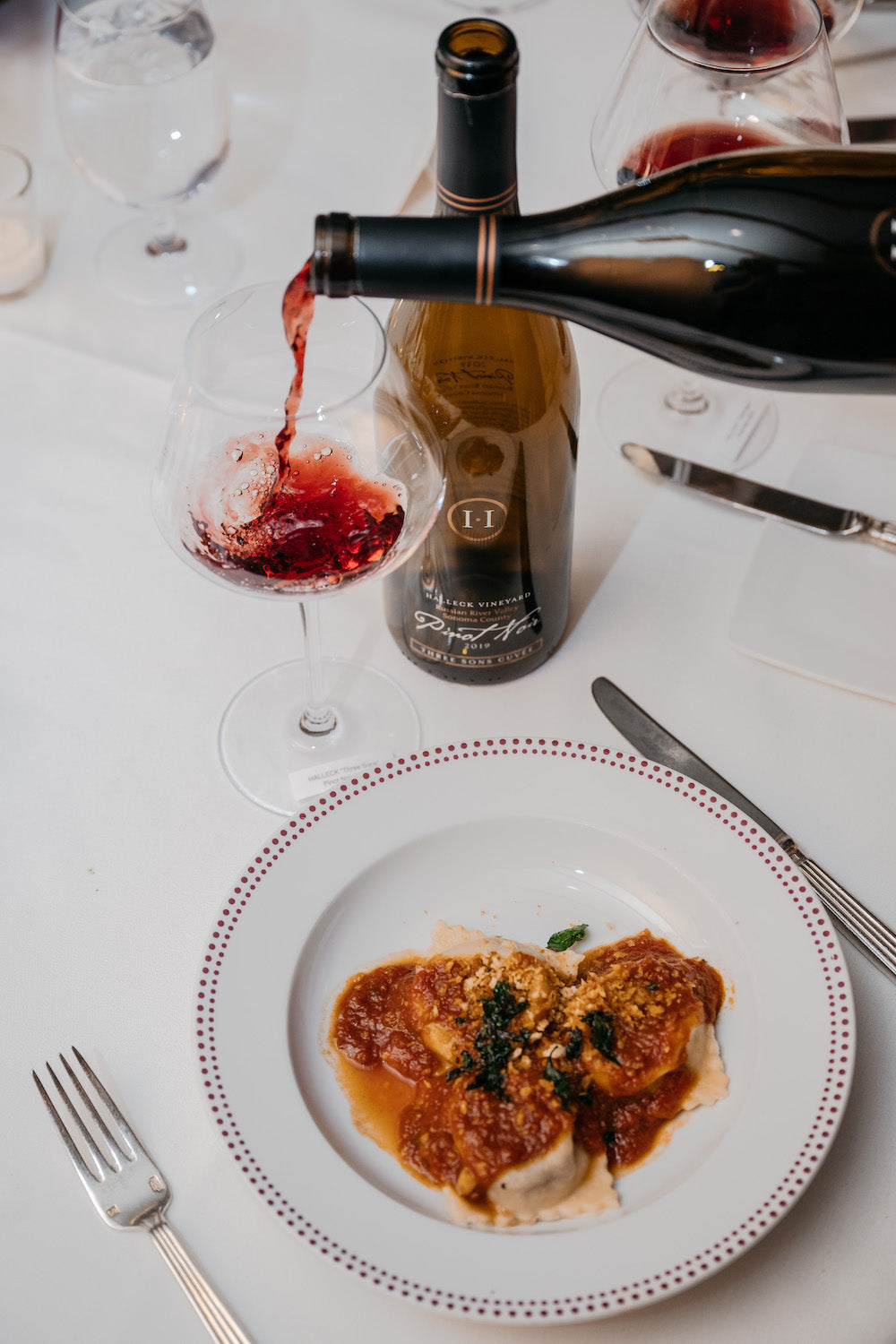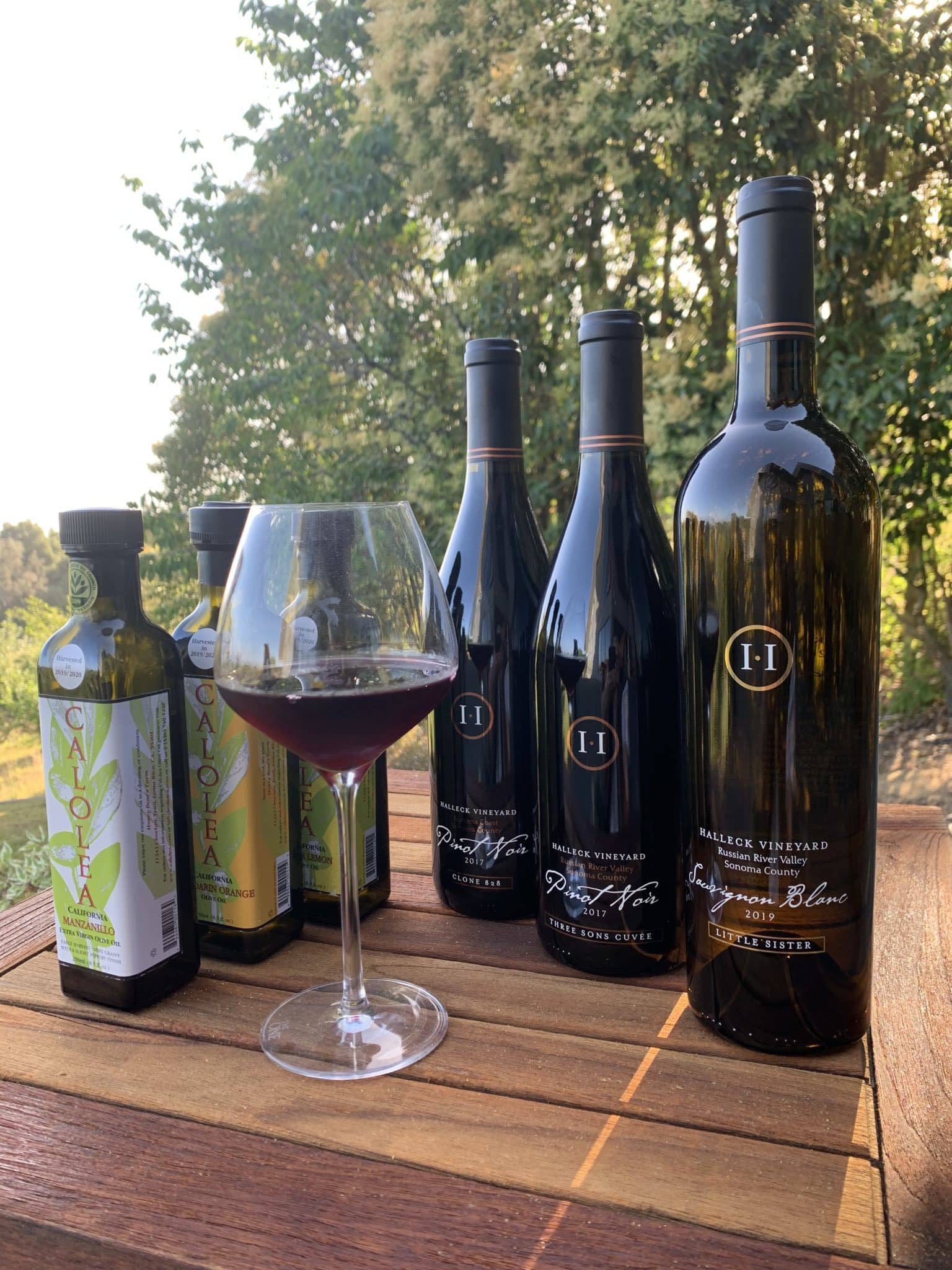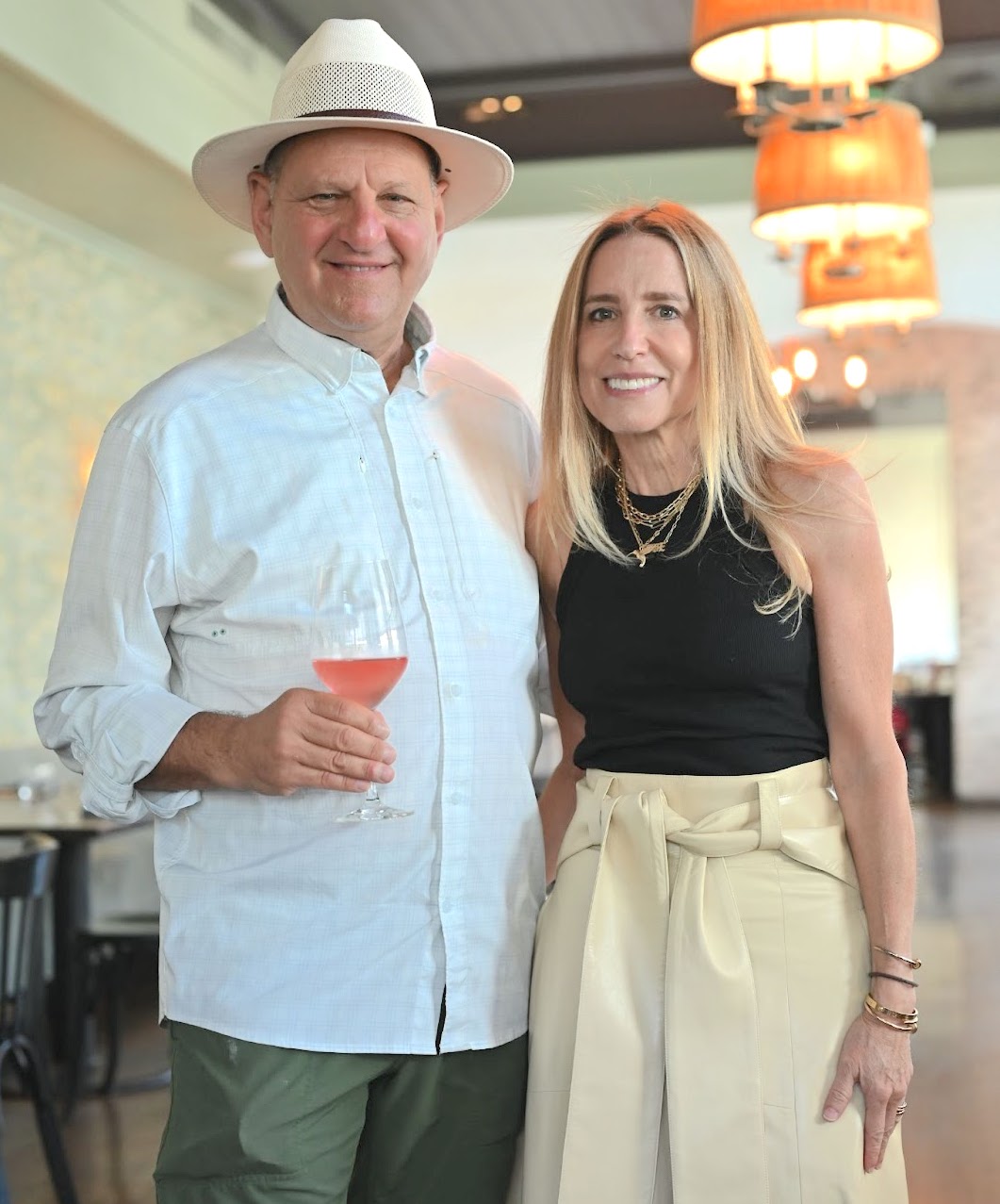Spectacular Vineyard Views In Sonoma - Enjoying Wine In Sebastopol
Spectacular Vineyard Views In Sonoma - Enjoying Wine In Sebastopol
Blog Article
Scenic Vineyard Tours In Sebastopol - Wine Tasting And Vineyard Tours In Sonoma
Wine tasting is an art that mixes sensory experience with an appreciation for the nuances of various varietals. How to judge flavors in winery wine tasting sessions is pivotal to grasping the complexities of wine.
Partaking in a wine tasting involves more than simply sipping and savoring. It requires a focused approach to establish aromas and flavors that every wine presents. As you start, observe the wine's look, noting its colour and clarity. These visual cues often suggest a wine’s age, grape variety, and even potential flavor profiles.
The subsequent step within the tasting process is to swirl the wine in your glass. This action releases fragrant compounds which would possibly be very important for analysis. Lean in and take a second to inhale deeply; the aromas can vary from floral and fruity to spicy and earthy. The nose of the wine is simply as necessary as the palate, and recognizing scents plays a significant role in understanding the general experience.
When taking your first sip, allow the wine to move throughout your palate - Wineries In Dry Creek Valley. Notice the preliminary flavors that present themselves. Is the wine fruity, floral, or perhaps herbaceous? This initial style gives insight into what the wine is more likely to specific as you proceed to gauge it. The mouthfeel additionally contributes to the overall flavor experience; it can be silky, tannic, and even effervescent.
Wineries Near Highway 12 - Sonoma Wine Culture
As you proceed tasting, pay attention to the wine’s steadiness. A well-balanced wine will harmonize acidity, sweetness, and tannins. If one component overwhelms the others, it'd indicate a much less desirable quality. Evaluating steadiness may help you identify how nicely the wine would possibly pair with food.
Transitioning to the finish, contemplate how the flavors evolve because the wine lingers on your palate. A long, pleasant end can point out a high-quality wine, whereas a brief or abrupt end would possibly recommend in any other case. Replicate on whether or not the flavors stay constant or if new notes emerge as the wine settles. This progression can reveal complexities and intricacies that may not have been apparent in the preliminary tasting.
Temperature can also be an important think about evaluating wine flavors. Completely Different kinds of wine are optimally loved at specific temperatures. White wines often shine when chilled, whereas red wines usually perform best at room temperature. When tasting, make sure the wine is on the acceptable temperature to fully recognize its character.
Wineries Perfect For A Relaxing Afternoon - Discovering Sonoma Area Wineries
Pairing food with wine can greatly improve the tasting experience. Meals can influence the notion of flavors in wine, both highlighting sure traits or diminishing them. When evaluating flavors, consider how the wine interacts with different meals, noticing which flavors are amplified or muted (Celebrated Winemakers To Discover In Sonoma).

Think About the affect of terroir as you interact in a winery tasting. Terroir encompasses the distinctive environmental components that have an result on grape growing, together with soil composition, local weather, and geography. Understanding a wine's terroir can present insight into its flavors and aromas, fostering a deeper appreciation for the alternatives made during its cultivation and production.
Education performs a basic function in enhancing one's ability to evaluate wine flavors. Studying about grape varieties, wine areas, and production strategies can pave the way for extra informed judgments throughout tastings. Additionally, attending workshops or classes can refine sensory skills and increase your flavor vocabulary, enabling you to articulate tasting notes more successfully.

Finally, it's important to keep in thoughts that evaluating wine flavors is a highly personal experience. Particular Person preferences and perceptions will invariably shape one’s tasting journey. Enjoyment should be on the forefront, with the evaluation process performing as a device to boost understanding and appreciation rather than create rigid pointers.
Intimate Wine Tasting Experiences In Sonoma - A Visit To Sebastopol Wineries
In conclusion, mastering how to evaluate flavors in winery wine tasting classes includes a mix of sensory engagement, information, and practice. By learning to determine aromas, assess the balance, and respect the intricacies of flavor, wine enthusiasts can deepen their connection to each bottle they encounter. As with any art kind, the more one immerses themselves in the experience, the more they'll discover and enjoy the huge world of wine.
- Start by observing the wine's shade and clarity, as these visible elements can trace at its flavor profile and aging potential.
- Swirl the wine gently in your glass; this releases fragrant compounds, allowing you to higher determine the complicated scents related to the wine.
- Take a deep inhale before tasting, focusing on both primary and secondary aromas to collect insights on fruits, spices, and different nuances.
- When tasting, permit the wine to coat your palate; note the preliminary flavors, the mid-palate complexity, and the end as these levels can provide different flavor highlights.
- Pay attention to texture and mouthfeel, as aspects corresponding to tannin ranges, acidity, and sweetness contribute significantly to the overall tasting experience.
- Evaluate flavors towards commonplace wine characteristics; for pink wines, think about berry notes, oak affect, and natural tones, while whites could embrace citrus, stone fruits, and floral hints.
- Take notes during the tasting session to track your impressions, serving to you to recollect and evaluate the completely different wines sampled.
- Focus On your findings with fellow tasters or winery staff, as sharing insights can enhance understanding and appreciation of individual flavors.
- Allow time for the wine to breathe; generally, flavors evolve and reveal new dimensions after being exposed to air.
- Experiment with food pairings through the tasting as they can dramatically alter how flavors are perceived, influencing general enjoyment.undefinedWhat ought to I look for when evaluating the aroma of wine throughout a tasting?
Start by swirling the wine in your glass to release its aromas. Deliver the glass to your nose and take a deep breath. Pay attention to the first scents you detect, as visit this site these are often the most prominent. Look for fruit, floral, herbal, or earthy notes and attempt to identify particular traits, which can deepen your understanding of the wine's complexity.
Charming Wineries Offering Wine And Food Pairings - Enjoying The Best Wineries In Sebastopol

How can I distinguish between totally different flavor profiles in wine?
Perceive that flavor profiles are often categorized as fruit, floral, herbaceous, spicy, or mineral. Take small sips and permit the wine to coat your palate. Discover the primary flavors that emerge first and the subtle notes that comply with. This layering is important in distinguishing the wine's traits and can help you appreciate its unique profile.
Wineries With Picnic Areas - Sonoma Wine Culture
What is the significance of the wine's texture in a tasting?

The texture of the wine, also called mouthfeel, plays a vital position in how we understand flavors. Pay consideration as to if the wine feels clean, creamy, or gritty. The physique of the wine (light, medium, or full) can enhance or contrast with flavors, offering a more rounded experience during tasting.
How do I assess the steadiness of flavors in wine?
Steadiness in wine refers back to the harmony between acidity, sweetness, tannin, and alcohol. Take a second to assess whether these parts complement or intervene with each other. A well-balanced wine could have none of its elements overpowering the others, creating a nice tasting experience.
Wineries In Dry Creek Valley - Wine Tasting Experiences In Sebastopol
What role does temperature play in evaluating wine flavors?
Temperature can considerably impact the notion of flavors. Generally, purple wines are greatest served slightly under room temperature, while white wines get pleasure from being chilled. As the temperature changes, the aromas and flavors can shift, permitting you to perceive totally different traits. It’s essential to style wine Check Out Your URL at its optimal temperature for true analysis.
Intimate Wine Tasting Experiences In Sonoma - Top-Rated Wineries In Sebastopol
How can I improve my tasting skills over time?
Practice is vital to enhancing your tasting skills. Wineries With Breathtaking Gardens In Sonoma. Attend tastings, maintain a journal of your experiences, and discover different types of wines to broaden your palate. Additionally, studying about wine production and grape varieties can present context that enhances your evaluation process, making you a extra informed taster.
Is there a particular order by which I should style the wines?
Wineries Offering Educational Wine Seminars - Sebastopol Winery Experience
Sure, it’s advisable to taste wines from light to full-bodied and dry to sweet. This development prevents the stronger flavors from overshadowing the more delicate ones, permitting you to completely recognize every wine's characteristics and nuances without palate fatigue.
How can I evaluate the aftertaste of wine?
Vintage Wine Tasting Experiences In Sebastopol - Sebastopol Wineries
The aftertaste, or finish, is an important aspect of the wine-tasting experience. After swallowing, take note of how lengthy the flavors linger on your palate and whether or not they change. A lengthy, nice end is commonly an indicator of a high-quality wine, while a short or unpleasant end could counsel in any other case.
Why is it necessary to note the wine’s acidity during tasting?
Acidity contributes to the overall freshness and structure of the wine. Pay attention to the tingling sensation in your tongue; higher acidity can improve the wine's liveliness and steadiness out sweetness. Noting acidity helps decide the wine's versatility with food and its growing older potential.
What should I do if I struggle to identify specific flavors in wine?
Quaint Wineries In Picturesque Settings In Sebastopol - Iconic Wineries Of Sebastopol
Struggling to determine flavors is widespread, especially for beginners. Focus on broader categories and describe what you'll be able to recognize, such as candy or earthy notes. With practice, reading about different flavor profiles, and perhaps using flavor wheels, you will refine your senses and develop a more nuanced method to tasting. Report this page